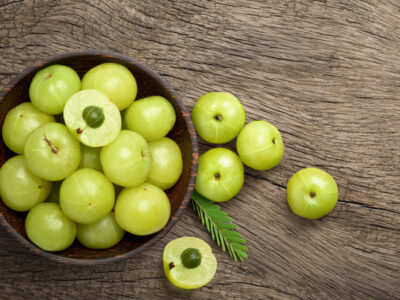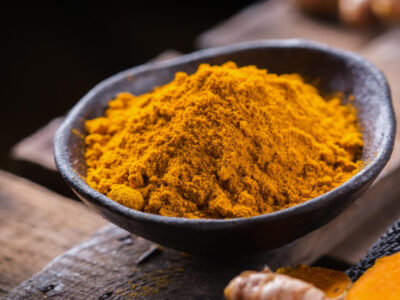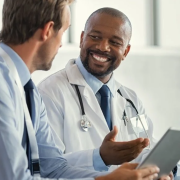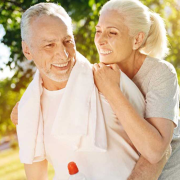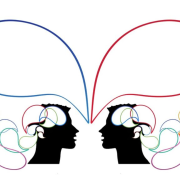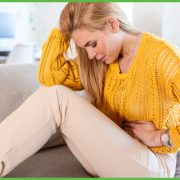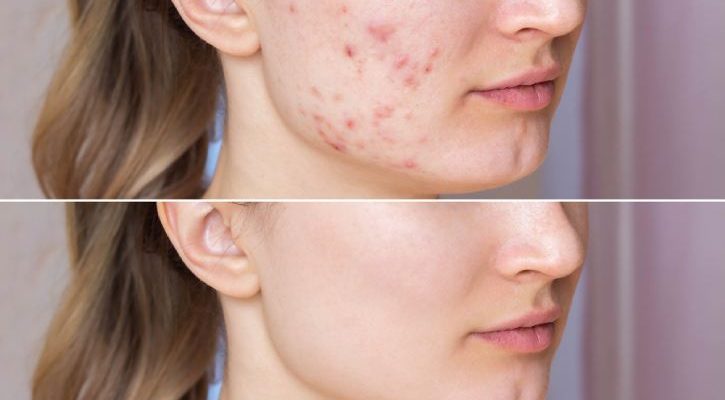
Every day, there is a chance that you might wake up from bed with a small red bump on your face. When you touch it, it appears to be oily and painful. This tiny red bump is known as a pimple. These are common amongst teenagers and young adults.
However, if you see many more minor red bumps spread over a smaller area, it is a sign of acne. It is a disease where dead skin cells and excessive oils clog your skin pores and create pimples in that area. It can be painful for people. But more importantly, it makes scars on your face.
So how do you get rid of such infections? Read on to find out what causes acne and how you can treat it.
What Is Acne?

Acne is a skin disease that almost everyone has suffered from in their lifetime. However, this mainly crops up amongst teenagers and young adults. It clogs hair follicles with excessive oil (sebum), bacteria, and dead skin cells. It is common amongst teenagers because of their active lifestyle, more commonly during summertime.
Acne appears as a big red bump or a collection of more minor red bumps. It primarily targets areas of your skin like your face, neck, chest, and back. These areas are typical acne hotspots because you become sweatier in these areas the most due to tight clothing.
Symptoms and Types Of Acne
Your acne symptoms can help you identify the type of acne. The common signs that you can identify yourself to classify the situation are:
1. Whiteheads
One of the most common formations appears as whitish bumps with closed skin pores under hair follicles.
2. Blackheads
As the name suggests, blackheads are blackish open skin pores where the excessive sebum erupts out of your skin. It is black because the air around you discolors the sebum. Therefore, one can say they look like blackish pimples.
3. Papules
If you see a small pinkish bump on your skin, that is a sign of a pimple. If you touch it, you can feel it is tender and might not be painful at all. It is often known as baby acne since it might occur amongst small babies and children as well.
4. Pustules
More commonly known as pimples, Pustules are the most common type and symptom of acne. They appear as large red bumps, most commonly found on your face. They can also have a white or yellow tip in the middle, signifying the concentration of pus.
5. Nodules
These appear as larger but flatter pimples on your face. These are pretty painful if you touch them. They are often darker in color due to blood clotting under the hair follicle.
6. Cysts
This is the most severe and painful type and symptom of acne. Cystic acne is a mix of all the above types of acne spread over a larger skin surface area. Also, most pimples are filled with pus, making it painful to touch.
7. Fungal Acne
This is common in young adult males with beards. This is because of dandruff and other external particles on your skin. In addition, excessive yeast (a type of fungus) can develop over facial hair follicles. It appears primarily whitish and looks like rashes.
Read More: How To Lose Face Fat: 10 Natural Ways To Slim Chubby Cheeks
Causes Of Acne

1. Hormones
When you hit puberty, your hormones start acting differently because of testosterone production in boys and estrogen in girls. This creates an imbalance in your hormonal levels, often leading to excessive sebum concentration. This also makes sebum glands enlarged.
2. Environmental Irritants
When you step out of your house, the roads and fields will mostly appear dusty. These get trapped in your sweat over hair follicles, creating acne in that area. Also, dust being swept up by winds is a common cause of the disease.
3. Excessive Sweating
Enlargement of sebum glands can cause excessive sweating. This occurs amongst teenagers due to hormonal imbalances. In addition, excessive sweating accompanied by environmental dust can create pimples on your skin if not washed properly.
4. Improper Moisturization
If you have read the points above, it is pretty clear that you need to wash with soap regularly. Also, your face needs to be moisturized more often since it is the most exposed part of your skin.
5. Allergens
Many people have developed acne after coming in contact with allergens like pollen and sawdust near their facial area. These are mostly temporary.
6. Improper Diet And Habits
An improper diet like consuming too many fast foods and carbonated beverages can lead to acne since they lack the proteins and vitamins necessary to rejuvenate your skin cells. Along with this, high alcohol consumption and smoking lead to a faster death of skin cells, increasing the chances of acne infection.
Read More: How To Prepare For Laser Hair Removal | Tips And Tricks
How To Get Rid Of Acne?
You can follow these treatment steps to know how to get rid of acne:
1. Antibiotics
Antibiotics are taken orally containing tetracycline, minocycline, and doxycycline are best used for treating acne.
2. Ointments
If you want to know how to get rid of back acne, read carefully. Skin ointments containing benzoyl peroxide, salicylic acid, azelaic acid, and retinoids can help combat pimples. Creams are also helpful in dealing with acne scars.
3. Chemical Peels
You can find chemical peels in many drug stores. These look like tape that is applied over the infected area. Then, after some time, it is peeled off, removing the layer of dead skin cells, excess sebum, and more from your face.
4. Laser Treatment
If you want to know how to get rid of acne scars, laser treatments become pretty compelling. While it is expensive, it removes the scar tissue from the infected area with heat, allowing the formation of new, healthier skin cells in the area.
How To Prevent Acne?
Everyone knows that prevention is the best cure. So how do you prevent acne from appearing in the first place? We recommend these tips to do so:
1. Proper Moisturization
It is essential to moisturize yourself daily. Also, try using a face wash to help remove dead skin cells and excess sebum from your face.
2. Follow A Healthy Diet
” You become what you eat” is a famous phrase that everyone has heard at least once in their life. Therefore, maintaining a healthy diet full of vitamins, proteins, and other beneficial nutrients promote the regeneration of new healthy skin cells. We recommend staying away from junk food. Enjoying fast food sometimes is OK.
3. Proper Clothing
Wearing proper clothes that facilitate the breathability of your skin helps prevent the accumulation of sweat. Wear cotton clothes and stay away from synthetic materials.
Frequently Asked Questions:
Ans: There are many ways to remove acne. Some of them are:
• Applying ice to infected areas.
• Apply acne treatment ointments.
• Then, Apply an acne facemask.
• Using makeup with salicylic acid.
• Crush Aspirin and apply it as a paste over the infected area.
Ans: The four main types of acne are:
• Blackheads.
• Whiteheads.
• Pustules.
• Cysts.
Ans: The primary causes of acne are:
• Clogging of dead skin cells.
• Blocking of excessive oil (sebum) on top of hair follicles.
• Bacteria infestation on skin pores.
• Allergic reactions to specific allergens.
Ans: Pimple is a single blemish of excessive dead skin cells and oil on your facial skin pores, making them clogged and bump outwards. On the other hand, acne is an eruption of many pimples in a particular area and is classified as a skin disease. A pimple is just one of the symptoms of acne.
Conclusion
Acne is a common skin disease that almost everyone has faced in their life atleast once. Although it generally happens during the teenage years after hitting puberty, this skin disease can be irritating once it happens. Therefore, moisturize your face with a face wash twice daily and eat healthy foods to keep acne away.
If you got to know what you were looking for about acne, then give this article a thumbs up and share it with other friends who, too, are suffering from acne!
Read Also:
